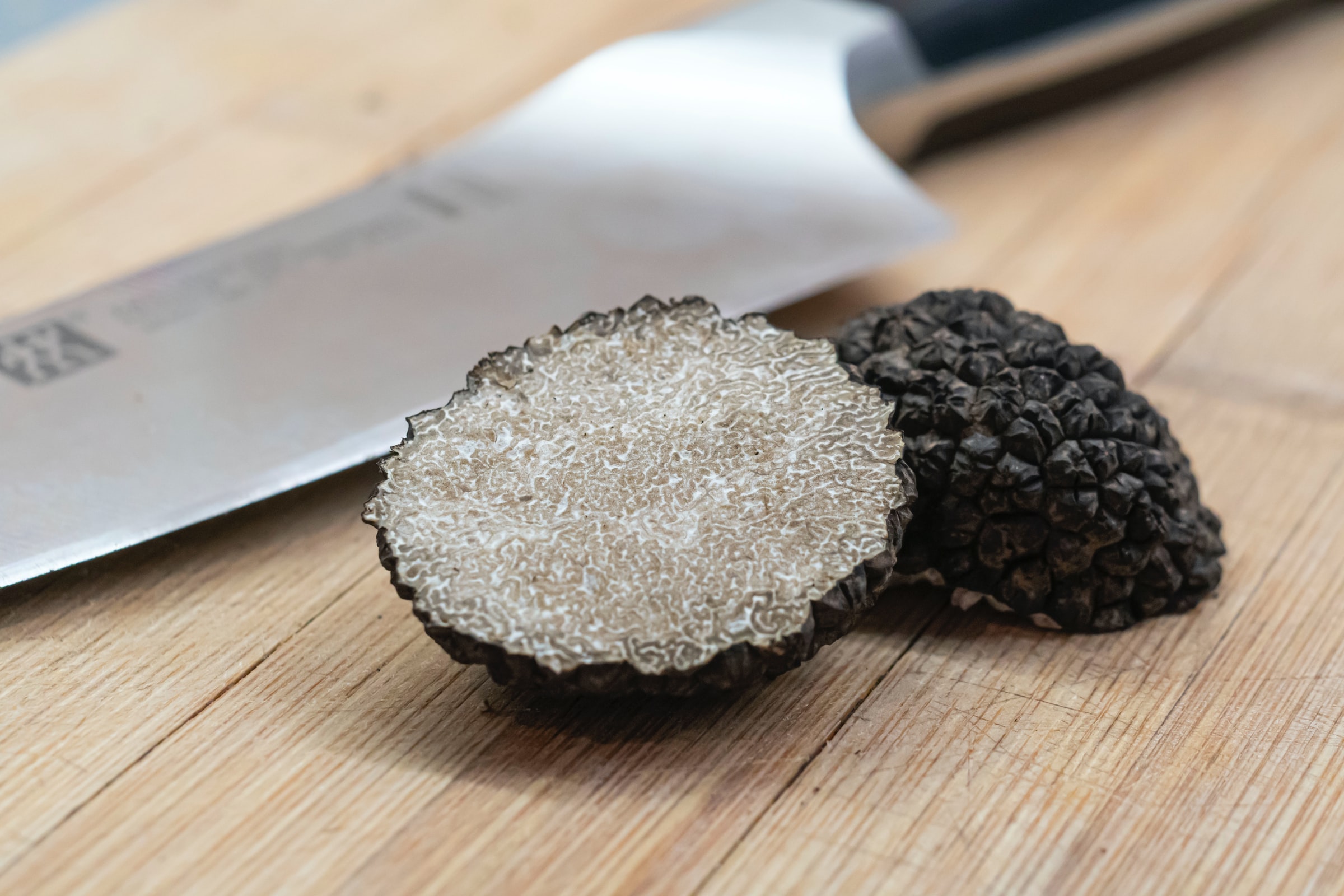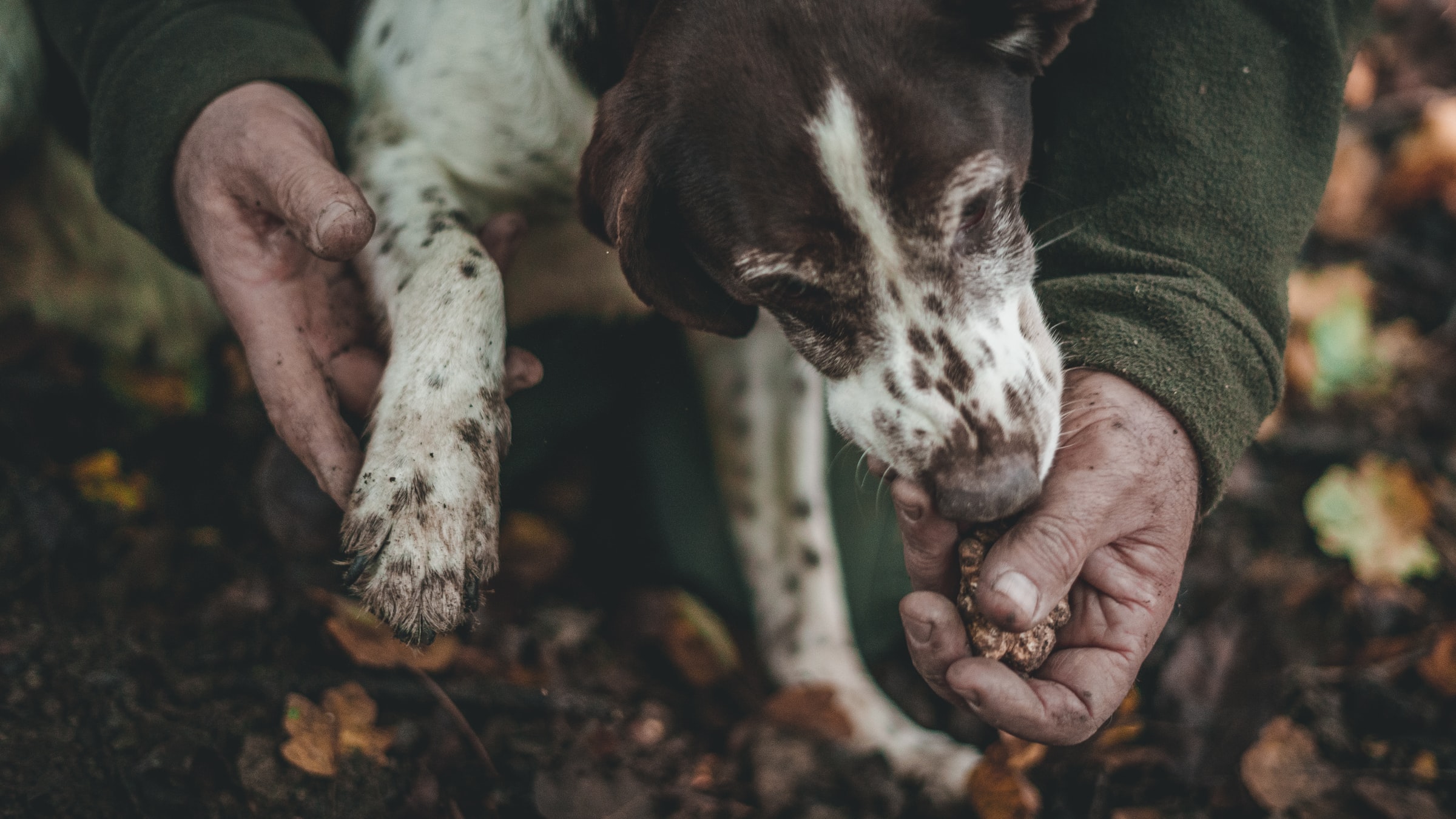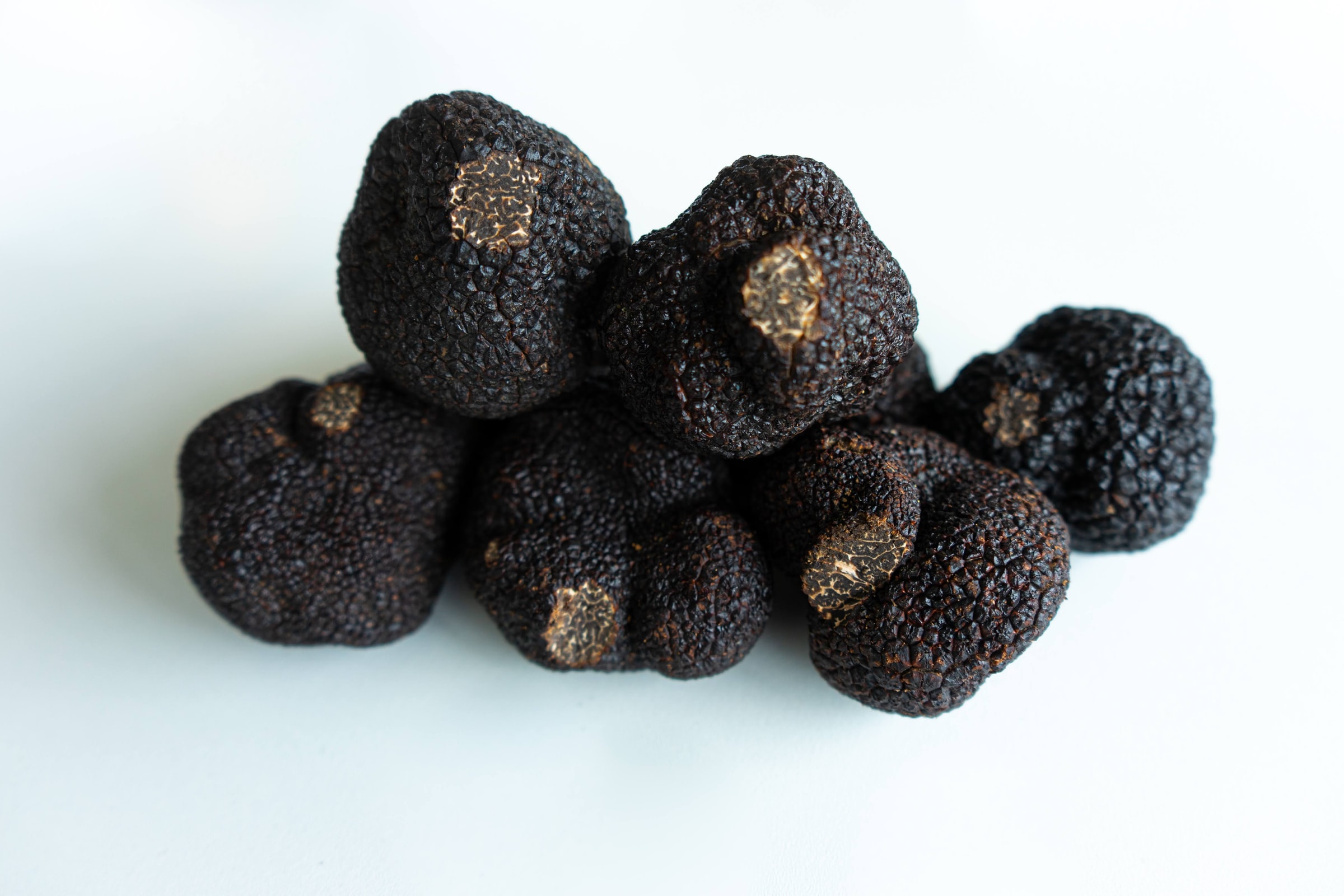Truffles are plants in the group of hypogeous mycorrhizal fungi. Discover its characteristics, mode of culture, and maintenance in this article. 1. The characteristics of truffles The truffle is a fungus that grows underground, belonging
Truffles are plants in the group of hypogeous mycorrhizal fungi. Discover its characteristics, mode of culture, and maintenance in this article.
1. The characteristics of truffles

The truffle is a fungus that grows underground, belonging to the Tuberaceae family. Generally, it lives in symbiosis with the tree’s roots, called host. It has a rounded shape, sometimes irregular, and is often black in color. The truffle gives off an aromatic smell.
There are three main varieties of truffles: the black Perigord truffle, the Burgundy truffle, and the white winter truffle. They each have their own particularities in smell and taste. This mushroom is beginning to have its place in the field of cosmetics. It is present in products to fight against premature aging. It also helps prevent the appearance of brown spots due to sunlight or hormones.
2. The ideal season to grow truffles
In fact, growing truffles do not necessarily follow a calendar. But, it is preferable to develop them during the season when the rain is not too abundant.
3. The choice of soil for growing truffles

Depending on the variety of truffles, they can not grow in the same type of soil. Indeed, their difference is based on the soil pH. The Périgord black truffle is best suited to soil with a pH of 7.5 to 8.5, a type of soil that is somewhat basic. It has difficulty growing in clayey and too compact soil. The black truffle of Burgundy requires calcareous soils with a pH between 7 and 8, and it can also grow in clay soils and soils with organic matter.
On the other hand, the white winter truffle can grow in soils with a sandy or silty texture, that is to say, that the soil with little air capable of keeping a freshness even during the dry season of the year is favorable for it. However, it cannot grow in stony soil.
4. The right climate
Truffles do not require a particular climate for their planting. In general, they grow in areas with well-marked seasons. Among others, regions with oceanic, continental, and Mediterranean climates are favorable to them. They also adapt to the climate of the French plateaus and the gentle slopes.
You should not grow truffles in low-lying areas where water from runoff can accumulate so as not to make their development more difficult. If you have no choice, try to install an irrigation system to drain off water from heavy rains.
Truffles can grow in dry climatic conditions with occasional rainfall, cold without much frost. As they are a type of plant that grows underground, they do not tolerate temperatures above 25° C and below 5° C.
5. The necessary maintenance for the cultivation of truffles

The first maintenance consists in preparing the soil for cultivation in order to obtain a maximum yield. You must remove the weeds whose roots could affect the development of truffles in the soil. Also, avoid excessive watering; when your land is too dry, just put little water to keep it fresh.
Too much water can kill the truffles than too little water. Also, make sure to remove any elements that may darken the soil to get good sunlight. Be aware that truffles can only be harvested a few years after planting. It is essential to do a soil analysis every 3 years. They gradually become independent of their host trees and develop on their own.
Don’t forget to remove the branches of the host trees to provide a better condition for the development of truffles. This operation allows increasing the fertility capacity and the quality of the soil, which allows obtaining more products. Avoid using insecticides, as truffles do not have harmful insects.
Sound off in the comments section below and tell us what you want to read next and if you want to read more about truffles.

